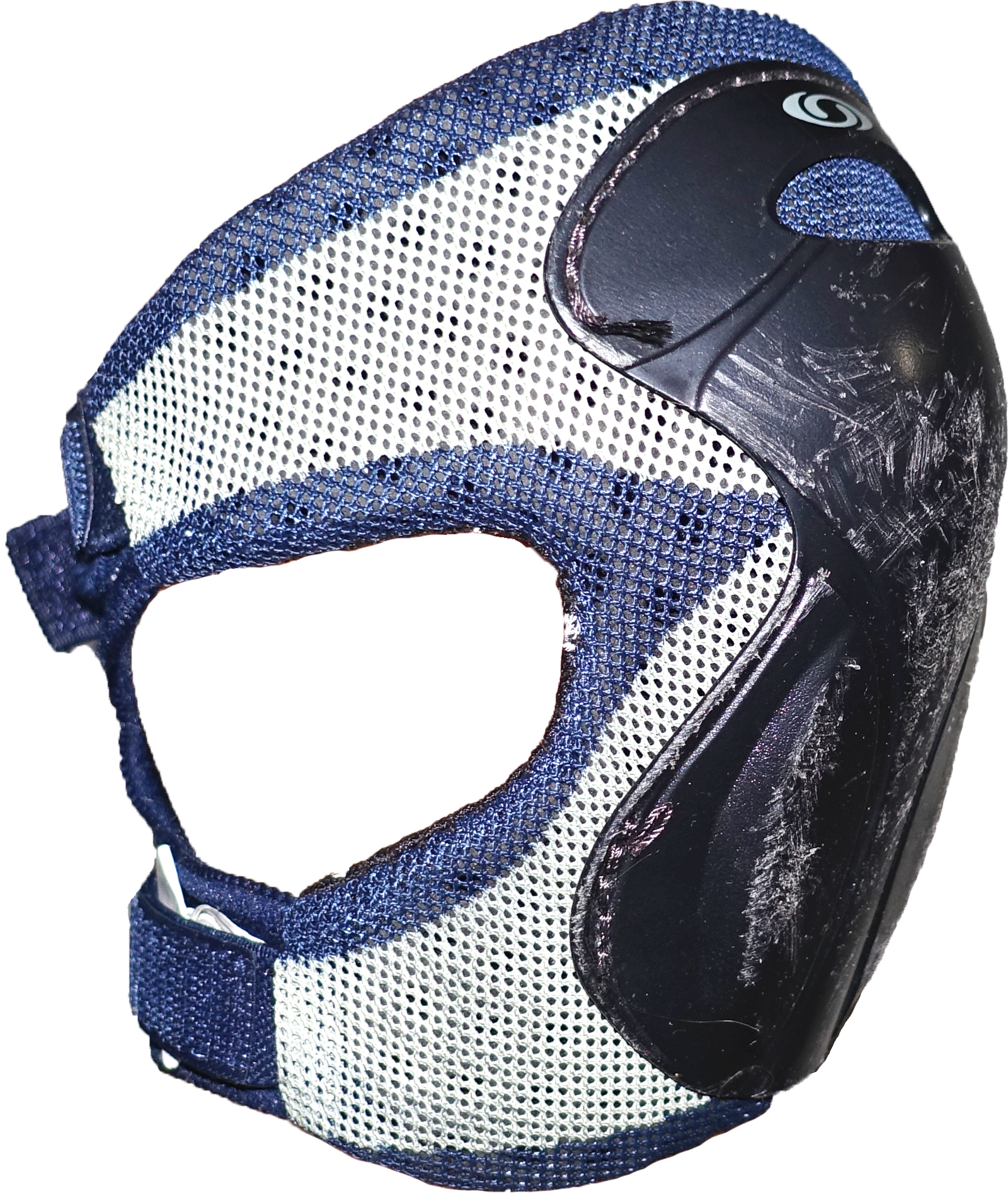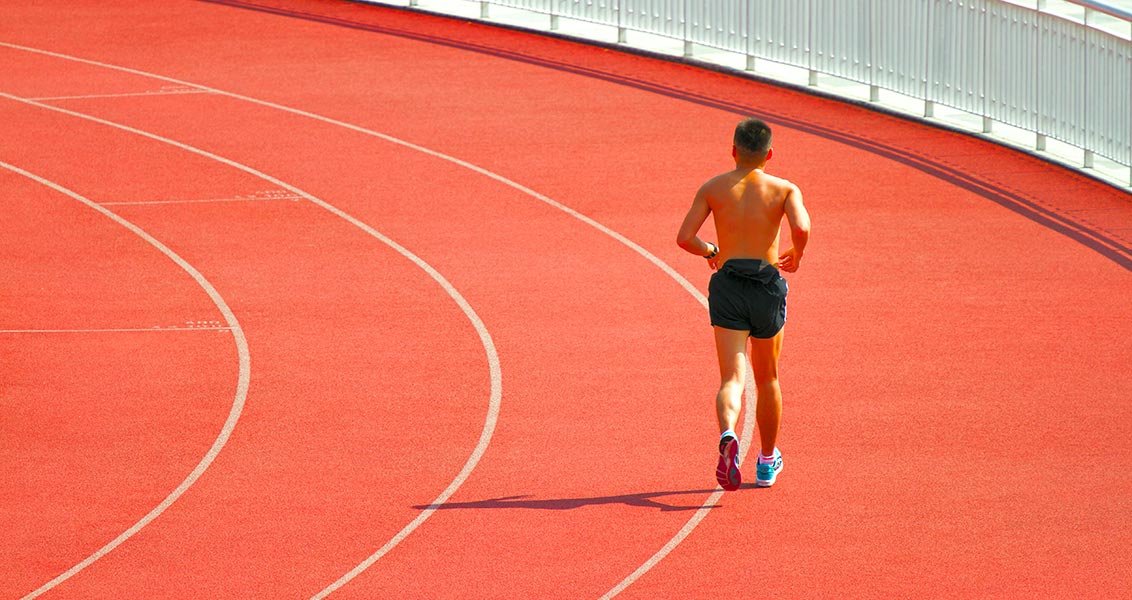Protecting Knees During Squats: Squat Like a Pro Without the Pain! If you’ve ever felt the ache in your knees while squatting, you’re not alone. But fear not! In this guide, we’re about to spill the beans on the secrets of squatting without the strain. Ready to unlock the power of pain-free squats? Let’s get started!
Table of Contents
Importance of Protecting Knees During Squats
The importance of knee protection during squats cannot be overstated. Squats are a popular exercise that target the lower body, particularly the quadriceps, hamstrings, and glutes. However, improper form or excessive weight can put a significant amount of stress on the knees, leading to potential injuries. By prioritizing knee protection, individuals can minimize the risk of knee pain, strains, and tears. This can be achieved through proper technique, using appropriate footwear, and incorporating exercises that strengthen the muscles around the knees. Taking these precautions will not only enhance the effectiveness of squats but also ensure the long-term health and well-being of the knees.
Common knee injuries during squats
During squats, there are several common knee injuries that can occur. One of the most common is patellofemoral pain syndrome, which is characterized by pain around the kneecap. This can be caused by improper form or overloading the knee joint. Another common injury is a meniscus tear, which is a tear in the cartilage that cushions the knee joint. This can happen when the knee is twisted or bent too far. Lastly, anterior cruciate ligament (ACL) tears are also a common knee injury during squats. The ACL is responsible for stabilizing the knee joint, and a tear can occur when the knee is excessively rotated or hyperextended. It is important to be aware of these common knee injuries and take precautions to protect the knees during squats.
Benefits of proper knee form
Proper knee form during squats offers several benefits. First and foremost, it helps prevent injuries and strains to the knees. By maintaining the correct alignment and tracking of the knees, the stress on the joint is minimized, reducing the risk of pain and damage. Additionally, proper knee form allows for better muscle activation and engagement. When the knees are properly aligned, the quadriceps, hamstrings, and glutes are able to work together more efficiently, leading to improved strength and power. Lastly, maintaining proper knee form during squats can enhance overall exercise performance. By keeping the knees in the correct position, individuals can achieve a greater range of motion and stability, allowing for deeper squats and increased muscle activation. In summary, practicing proper knee form during squats is crucial for preventing injuries, optimizing muscle engagement, and enhancing exercise performance.
Proper Warm-up
Dynamic stretching exercises
Dynamic stretching exercises are an essential part of any workout routine, especially when it comes to protecting your knees during squats. These exercises help to warm up the muscles and increase flexibility, which can reduce the risk of injury. Some effective dynamic stretching exercises for the knees include leg swings, walking lunges, and high knees. By incorporating these exercises into your warm-up routine, you can ensure that your knees are properly prepared for the demands of squatting, allowing you to perform the exercise safely and effectively.
Foam rolling for muscle activation
Foam rolling is a popular technique used to activate muscles before squatting. By using a foam roller to apply pressure to specific areas of the body, such as the quads, hamstrings, and glutes, you can help release tension and increase blood flow to these muscles. This can improve muscle activation and range of motion during squats, ultimately helping to protect your knees. Foam rolling before squats can also help to reduce muscle soreness and prevent injuries. Incorporating foam rolling into your pre-workout routine can be a beneficial way to prepare your body for the demands of squatting and ensure proper knee protection.
Joint mobility exercises
Joint mobility exercises are an essential part of any squat routine. These exercises help to warm up and prepare the joints, particularly the knees, for the stress and strain of squatting. By incorporating joint mobility exercises into your warm-up routine, you can improve your squat form, reduce the risk of injury, and enhance overall knee health. Some effective joint mobility exercises for the knees include leg swings, ankle circles, and knee circles. These exercises help to increase the range of motion in the knees, improve stability, and promote better alignment during squats. Remember, taking the time to properly warm up with joint mobility exercises can make a significant difference in protecting your knees during squats.
Correct Squat Technique

Proper alignment of knees, hips, and ankles
Proper alignment of the knees, hips, and ankles is crucial for protecting the knees during squats. When performing squats, it is important to ensure that the knees are tracking in line with the toes and not collapsing inward or outward. This can be achieved by engaging the muscles of the hips and glutes to maintain stability and control throughout the movement. Additionally, maintaining a neutral spine and keeping the weight evenly distributed on the feet can help to prevent excessive strain on the knees. By practicing proper alignment, individuals can reduce the risk of knee injuries and maximize the benefits of squats for strengthening the lower body.
Maintaining a neutral spine
Maintaining a neutral spine is crucial when performing squats to protect your knees. A neutral spine refers to keeping your back straight and in alignment with your hips and shoulders. This ensures that the weight is evenly distributed and reduces the risk of excessive stress on your knees. To maintain a neutral spine, engage your core muscles and focus on keeping your chest lifted throughout the squat movement. Additionally, avoid rounding or arching your back, as this can put unnecessary strain on your knees. By prioritizing a neutral spine, you can effectively protect your knees and maximize the benefits of your squat workout.
Engaging core muscles
Engaging core muscles is crucial when performing squats. The core muscles, including the abdominal muscles, obliques, and lower back muscles, play a significant role in stabilizing the body during the squat movement. By actively engaging the core, you can enhance your overall balance and stability, reducing the risk of injury. Additionally, a strong core helps to transfer power from the lower body to the upper body, allowing you to lift heavier weights and perform squats with proper form. To engage your core muscles during squats, focus on drawing your belly button in towards your spine and maintaining a tight and stable core throughout the exercise.
Using Proper Equipment

Choosing the right shoes
When it comes to choosing the right shoes for squats, there are a few key factors to consider. First and foremost, it’s important to opt for shoes that provide proper support and stability. Look for shoes with a flat and firm sole to ensure a solid base for your feet. Additionally, shoes with a snug fit and good ankle support can help prevent any unnecessary movement or strain on the knees. It’s also worth considering shoes with a slightly elevated heel, as this can promote better squat mechanics and reduce the risk of knee injuries. Overall, investing in the right pair of shoes can make a significant difference in protecting your knees during squats.
Using knee sleeves or wraps
Using knee sleeves or wraps is a common practice among athletes and fitness enthusiasts to protect their knees during squats. These accessories provide support and stability to the knee joint, reducing the risk of injury and improving performance. Knee sleeves are typically made of neoprene and provide compression, warmth, and a snug fit, which helps to increase blood flow and reduce pain. Wraps, on the other hand, are made of elastic material and can be adjusted for different levels of support. They provide additional stability to the knee and can be tightened or loosened depending on the individual’s preference. Whether using knee sleeves or wraps, it is important to ensure proper technique and form while performing squats to maximize the benefits and minimize the risk of injury.
Using a squat rack or power cage
Using a squat rack or power cage is essential for protecting your knees during squats. These equipment provide a stable and secure platform for you to perform your squats, ensuring proper form and minimizing the risk of injury. The squat rack or power cage also allows you to safely lift heavier weights, as the adjustable safety bars can catch the barbell in case of failure. By using a squat rack or power cage, you can focus on your squat technique and build strength in your lower body without worrying about compromising the safety of your knees.
Progressive Overload
Gradually increasing weight and intensity
When it comes to protecting your knees during squats, one important factor to consider is gradually increasing the weight and intensity. It is crucial to start with lighter weights and gradually work your way up to heavier ones. This allows your muscles, tendons, and ligaments to adapt and strengthen over time, reducing the risk of injury. Additionally, gradually increasing the intensity of your squats, such as by adding more repetitions or sets, can also help improve your knee stability and overall strength. Remember to always listen to your body and avoid pushing yourself too hard too soon. By taking a gradual approach, you can ensure that your knees are well-protected during squats and minimize the chances of any strain or damage.
Listening to your body’s limits
When it comes to squatting, it is important to listen to your body’s limits. Your knees are particularly vulnerable during this exercise, and pushing yourself too hard can lead to injury. Pay attention to any discomfort or pain in your knees and adjust your form or reduce the weight if necessary. It’s better to take it slow and gradually increase the intensity of your squats than to risk hurting your knees. Remember, your body knows best, so always listen to its signals and respect its limits.
Avoiding excessive volume
When it comes to protecting your knees during squats, it is important to avoid excessive volume. This means not overdoing the number of sets and repetitions you perform during your squatting workout. While it is important to challenge yourself and progressively increase the weight and intensity of your squats, doing too much can put unnecessary strain on your knees and increase the risk of injury. It is recommended to follow a structured training program that includes appropriate rest periods and gradually increases the volume over time to ensure the health and longevity of your knees.
Recovery and Injury Prevention

Proper rest and recovery
Proper rest and recovery are essential for protecting your knees during squats. After a challenging squat workout, it is crucial to give your knees time to recover and repair. This includes taking rest days between squat sessions to allow for muscle and joint recovery. Additionally, incorporating stretching and mobility exercises into your routine can help improve flexibility and reduce the risk of knee injuries. Remember to listen to your body and prioritize rest to ensure the long-term health and strength of your knees.
Incorporating mobility exercises
Incorporating mobility exercises is crucial for protecting your knees during squats. These exercises help improve the range of motion in your joints, allowing you to perform squats with proper form and stability. One effective mobility exercise is the hip flexor stretch, which targets the muscles in your hips and thighs. By stretching these muscles before squatting, you can reduce the risk of knee injuries and enhance your overall squatting performance. Additionally, incorporating exercises such as ankle mobility drills and glute activation exercises can further improve your squat technique and prevent knee strain. Remember, taking the time to warm up and incorporate mobility exercises into your squat routine is essential for maintaining healthy knees and maximizing your gains.
Addressing any pain or discomfort
When it comes to addressing any pain or discomfort during squats, it is important to listen to your body and make necessary adjustments. One common issue that people experience is knee pain. If you are experiencing knee pain during squats, it may be a sign of improper form or excessive strain on the knees. To address this, make sure to maintain proper alignment by keeping your knees in line with your toes and avoiding excessive forward or inward knee movement. Additionally, consider reducing the weight or intensity of your squats and gradually increasing it as your strength and form improve. It is also beneficial to warm up properly before starting your squatting routine and to incorporate exercises that strengthen the muscles supporting the knees, such as lunges and leg presses. Remember, taking care of your knees is crucial for long-term squatting success and overall joint health.
